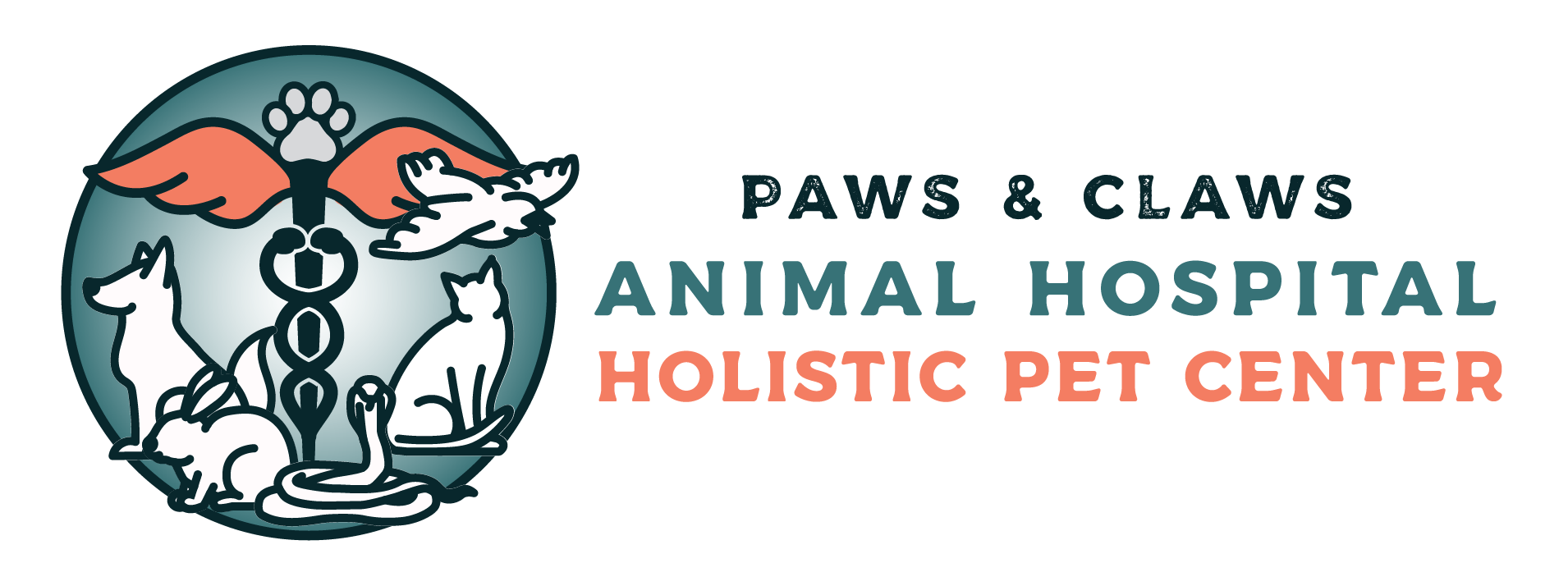Most people think dental care is simply a cosmetic issue. But it’s much more than that.
Simply put, periodontal disease is an inflammation or infection of the teeth, gums, or related structures. It’s caused by a number of bacteria and their toxins. Left untreated, these toxins damage the teeth, gums, and supporting tissues. With time, teeth will loosen, become painful, and eventually fall out. The toxins can also spread via the bloodstream to other organs in the body, including the kidneys, liver, GI tract, lungs, and heart. Fortunately, periodontal disease is very easy to prevent and treat with a few dental care practices. Here are five tips for keeping your dog’s teeth and gums in tiptop shape.
1. Have your dog’s teeth professionally cleaned by your veterinarian as often as needed
Most dogs need their teeth professionally cleaned at least once each year. Others, especially larger breeds, may only need the procedure done every few years, while many smaller breeds need their teeth cleaned more frequently, usually every three to six months. While many people do not like the thought of having a dog anesthetized to clean the teeth, a holistic approach to anesthesia makes it very safe for virtually all dogs, including seniors.
2. Brush your dog’s teeth as often as possible
Ideally, it should be done every day, but do the best you can. Use the appropriately sized toothbrush for your dog’s mouth and a dental product such as toothpaste or gel recommended by your veterinarian. Don’t use human toothpaste.
If your dog won’t let you brush his teeth, ask your veterinarian for help.
3. Invest in a simpler dental solution
Various dental products can minimize the buildup of bacterial plaque on your dog’s teeth. My favorites are the dental solution and dental gel made by Oxyfresh. The gel can be applied by brush or simply your finger, while you simply add the dental solution to your dog’s water each day.
4. Give your dog a bone
I’m often asked whether it is okay or necessary to feed dogs bones. While I certainly have nothing against this practice and actually encourage it, it’s important to match the proper size of the bone to your dog’s teeth. Also keep in mind that no matter how safe you are, bones occasionally splinter and get lodged in the mouth or throat, or result in fractured teeth. Follow your veterinarian’s guidelines when it comes to offering your dog fresh meaty bones.
5. Examine your dog’s teeth and gums at least once a week
If any teeth are missing or fractured, contact your veterinarian for advice. In many instances, you will be referred to a specialist in dental care. Veterinary dentists offer the same procedures your personal dentist offers you, including root canals and other advanced procedures designed to save your dog’s teeth.
Dental disease is a very common condition, but also one of the easiest to prevent and treat. Implementing these suggestions will ensure your dog not only stays healthy but also happy, comfortable, and pain-free.
